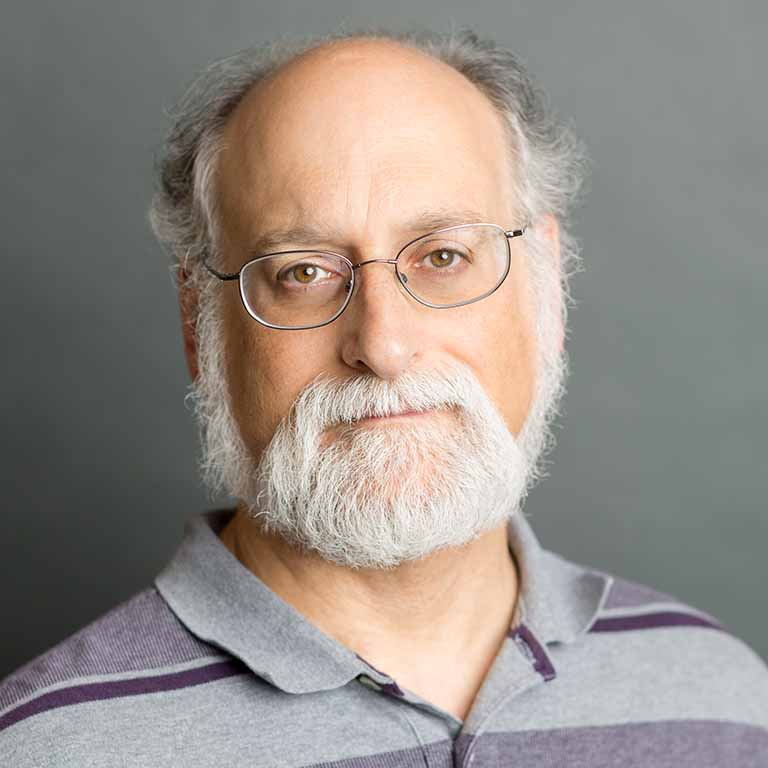A team from the Zlotnick lab, led by student Zhongchao Zhao, showed how a deliberately re-engineered capsid protein subunit could be used to control assembly and disassembly, even making “holey” capsids. In Zhao et al (2021) “Asymmetrizing an icosahedral virus capsid by hierarchical assembly of subunits with designed asymmetry.” Nat Commun. 12:589
Abstract: "Symmetrical protein complexes are ubiquitous in biology. Many have been re-engineered for chemical and medical applications. Viral capsids and their assembly are frequent platforms for these investigations. A means to create asymmetric capsids may expand applications. Here, starting with homodimeric Hepatitis B Virus capsid protein, we develop a heterodimer, design a hierarchical assembly pathway, and produce asymmetric capsids. In the heterodimer, the two halves have different growth potentials and assemble into hexamers. These preformed hexamers can nucleate co-assembly with other dimers, leading to Janus-like capsids with a small discrete hexamer patch. We can remove the patch specifically and observe asymmetric holey capsids by cryo-EM reconstruction. The resulting hole in the surface can be refilled with fluorescently labeled dimers to regenerate an intact capsid. In this study, we show how an asymmetric subunit can be used to generate an asymmetric particle, creating the potential for a capsid with different surface chemistries."

 The College of Arts
The College of Arts